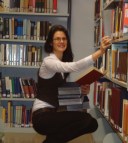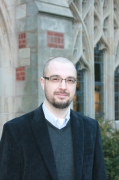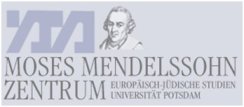The Grimm Brothers’ Children’s and Household Tales (aka Grimms’ Fairy Tales) are still famous all over the world. From 1806 on, Jacob and Wilhelm Grimm started collecting fairy tales from pre-existing literature as well as from their circle of friends and acquaintances. The ‘fairy tale’ that the brothers travelled all throughout the countryside in order to collect these tales is not true though. Rather, they let people send different stories to them and they then subsequently worked over the given material. The first volume of the first edition was published in 1812 (86 stories); the second volume (70 stories) followed in 1815. The Siebte Auflage letzter Hand appeared in 1857.
In two sessions of our seminar with Professor Renger and Professor Brittnacher we tried to discover the religious aspects in Grimms’ Fairy Tales, particularly in tale number 3 Mary’s child (German Marienkind). This tale is full of Christian elements:



